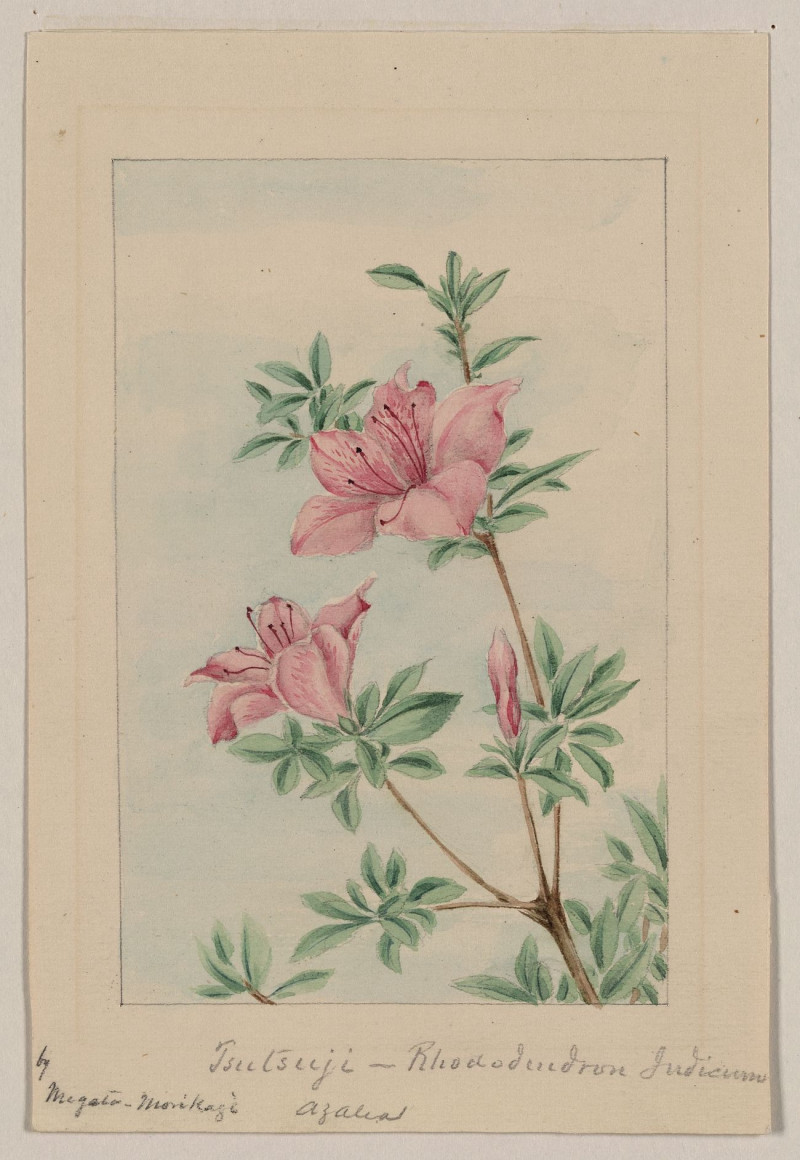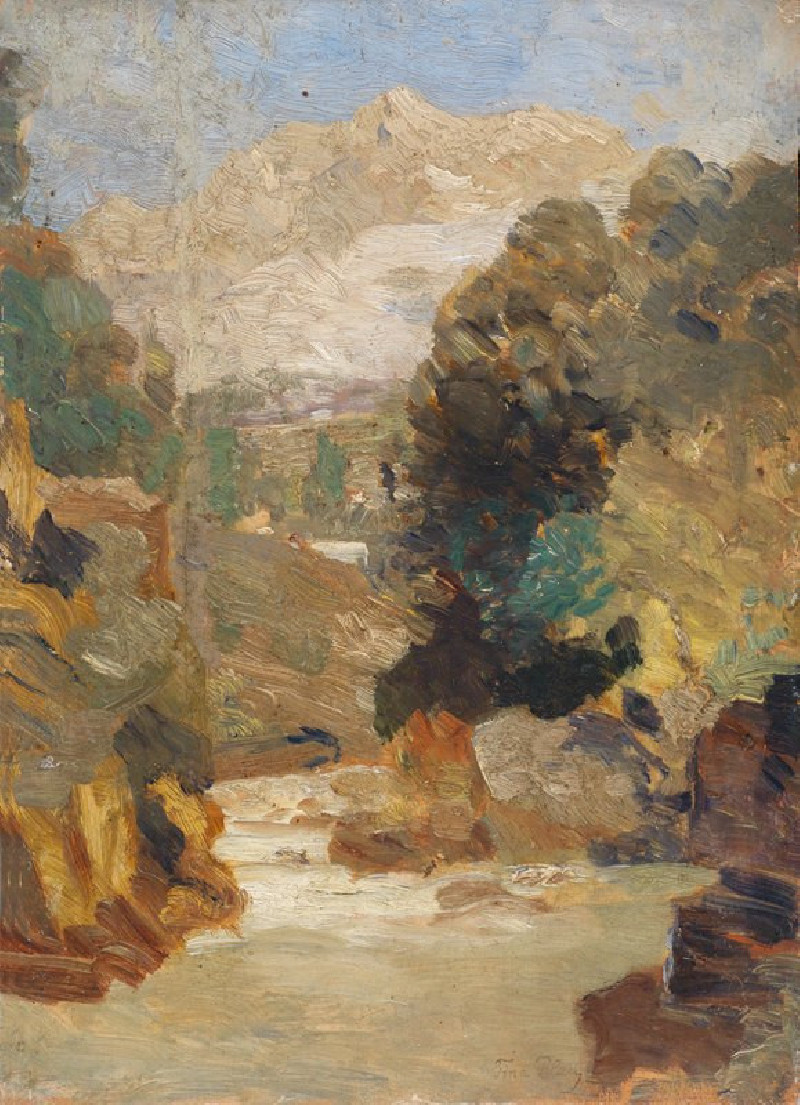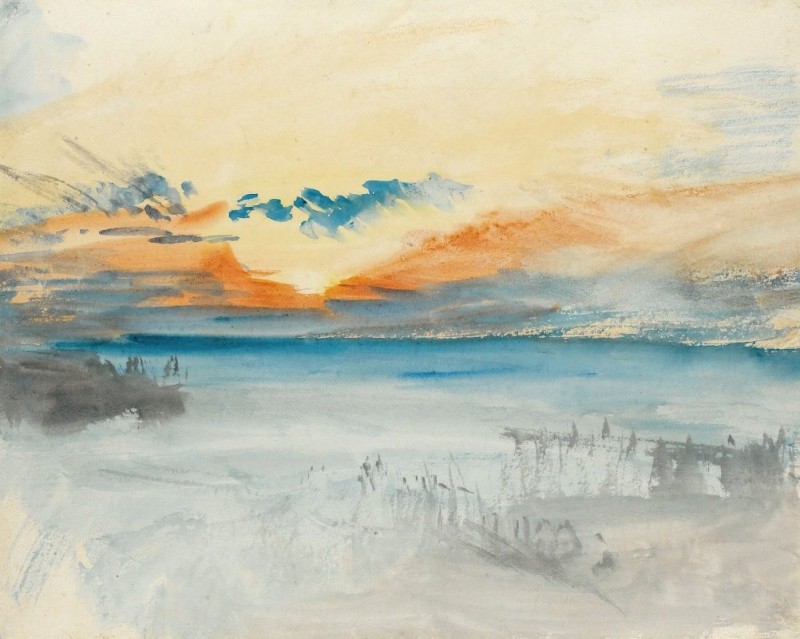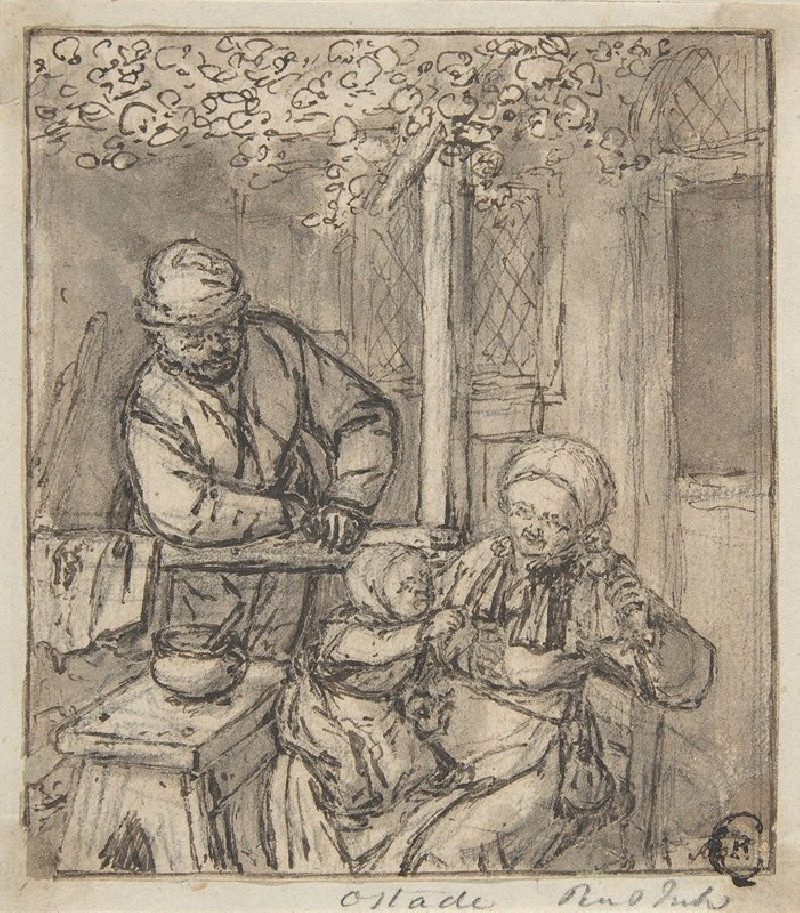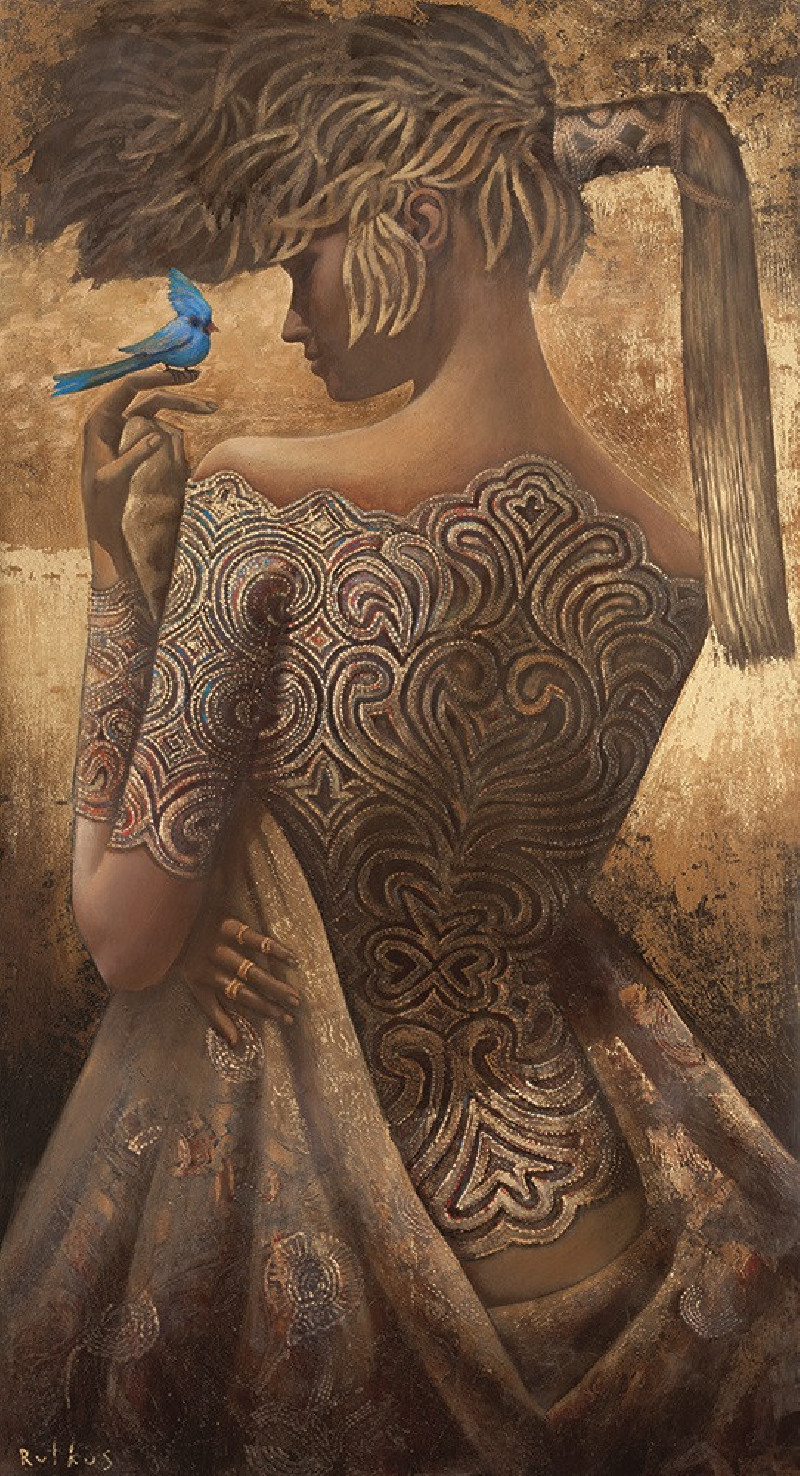Winter Landscape in Moonlight (1919)
Technique: Giclée quality print
Recommended by our customers
More about this artwork
"Winter Landscape in Moonlight" (1919) is a striking example of Ernst Ludwig Kirchner's artistic exploration of color and form, expressed through the medium of a woodcut. This vivid work captures the eerie and fantastical essence of a winter night, enveloped by the magnificence of a lunar spectacle. At the forefront, steep, jagged mountains dominate the landscape, their contours accentuated by the stark contrast of dark blues and deep reds. The mountains seem alive, almost in motion, underscoring the dynamic interplay of light and shadow.Above this rugged terrain, a blood-red sky serves as a backdrop, with the moon rendered in a haunting yellow hue, casting its glowing light over the snowy landscape. The moon's illumination picks out details in the landscape and hints at its cold vivacity despite the otherwise warm spectrum. Small hints of human presence—perhaps a tiny village nestled in the hills—offer a contrast to the grandeur of nature, emphasizing the solitude and isolation of the scene.This portrayal not only reflects Kirchner's emotional response to the natural world but also denotes his innovative techniques in woodcutting, which push the boundaries of form and color interaction to convey deep, psychological underpinnings.
Delivery
Returns
Ernst Ludwig Kirchner (1880–1938) was one of the most important German Expressionist painters. He was a co-founder of Die Brücke, a group of German expressionist artists formed in Dresden in 1905. Die Brücke and Kirchner took inspiration from Vincent Van Gogh and Edvard Munch, as well as African and Oceanic art. They used woodblock printing as a medium to showcase their signature style: flat, unrealistic images with vivid colors. The recurring themes in Kirchner's artworks included exotic cultures, faraway landscapes, self-portraits, dancers and Berlin street life. His paintings and prints effectively portrayed non-European cultures despite the fact that he never traveled outside of Europe.

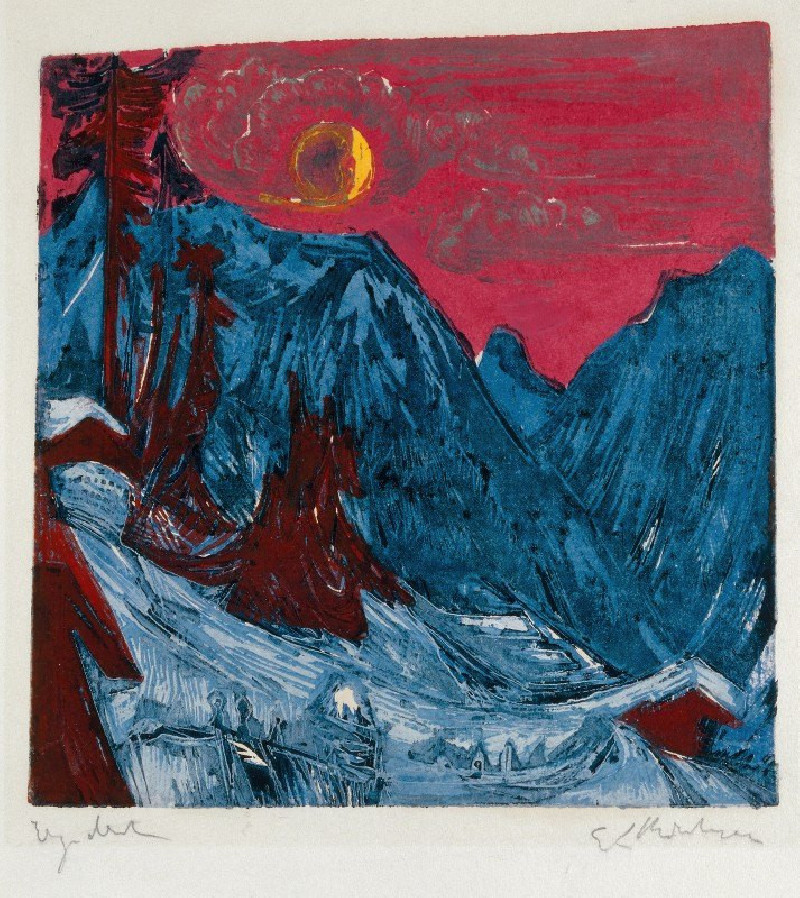






























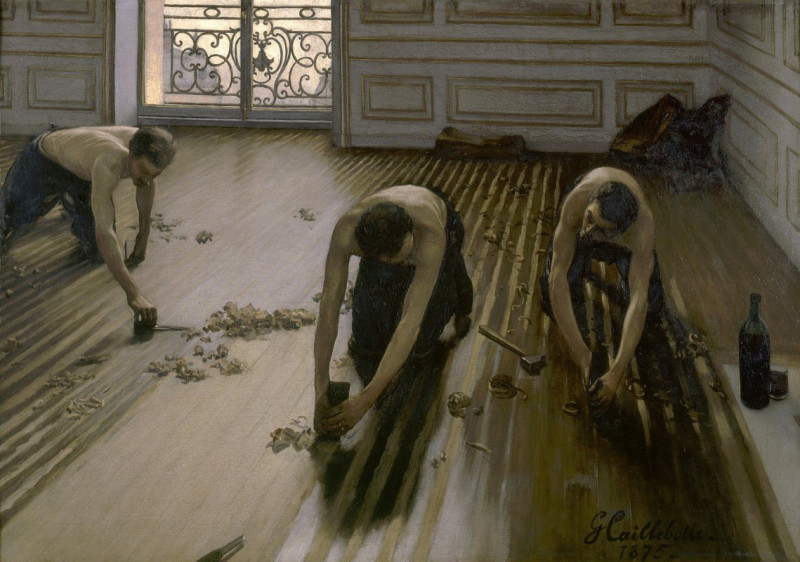
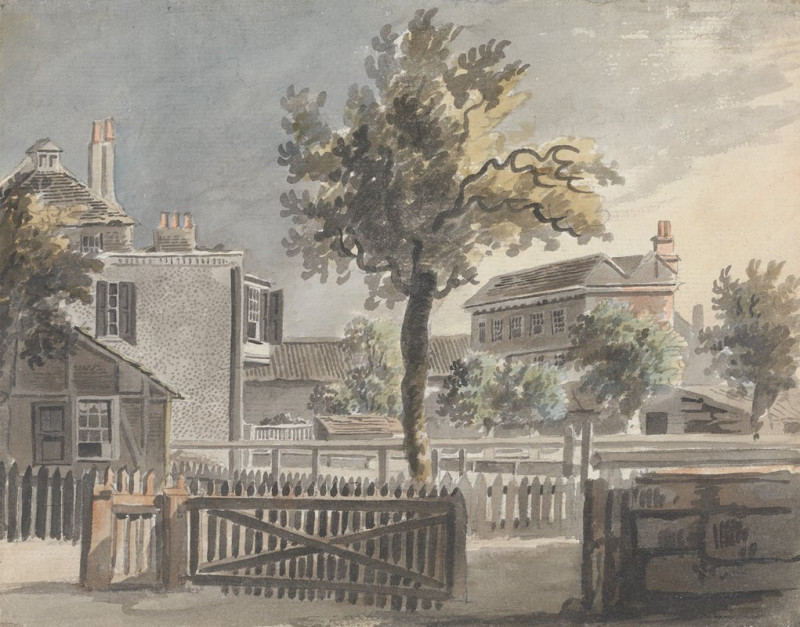

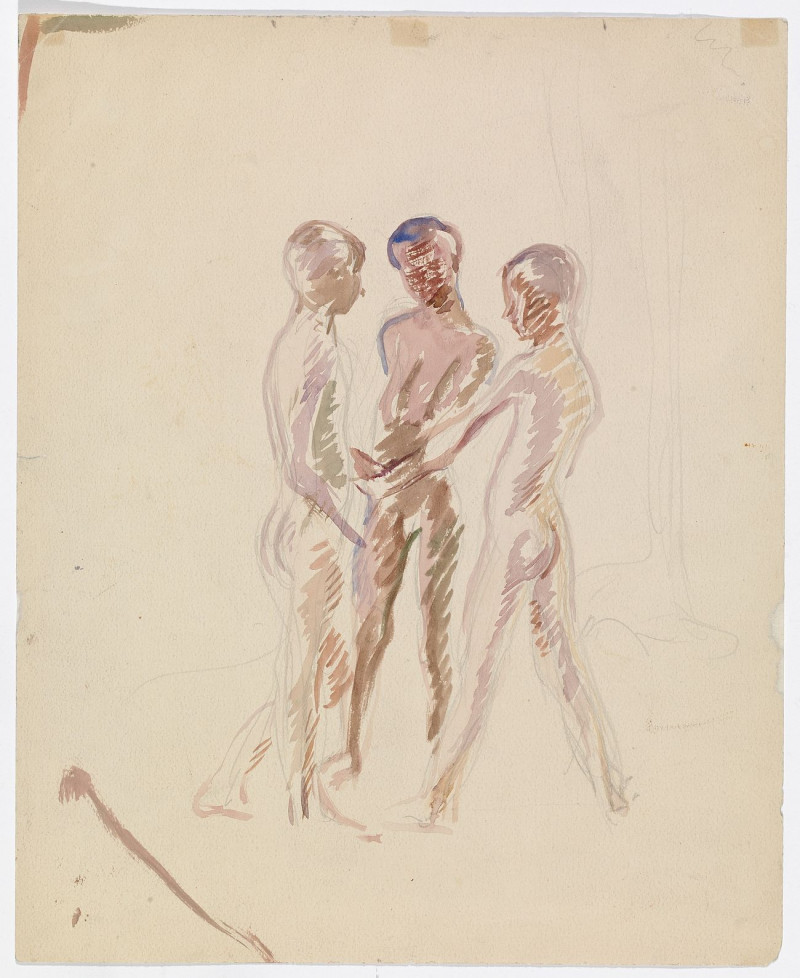

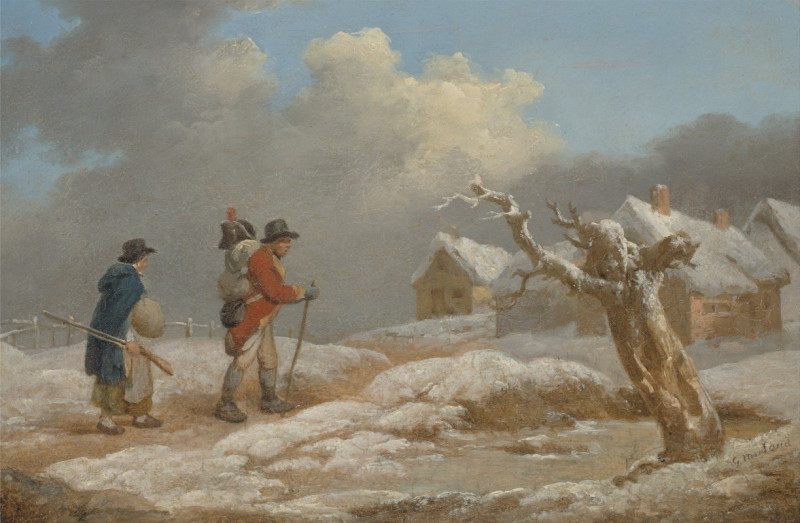

![Interior of the mosque of the Metwalys [Metwalis]. (1846-1849) reproduction of painting by David Roberts. ALL GICLEE PRINTS](https://reprodukcijos.lt/39169-large_default/reproduction-of-interior-of-the-mosque-of-the-metwalys-metwalis-1846-1849.jpg)
